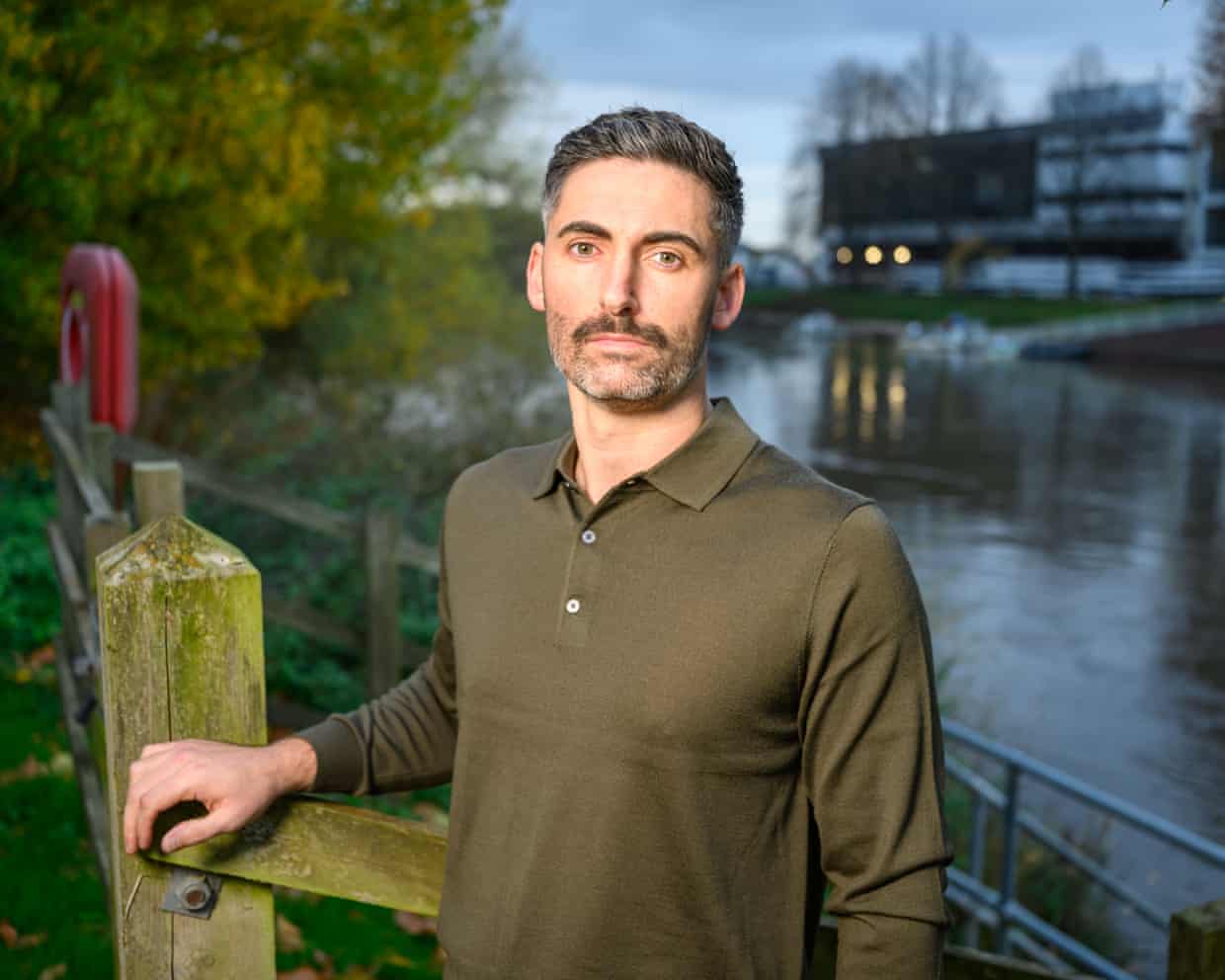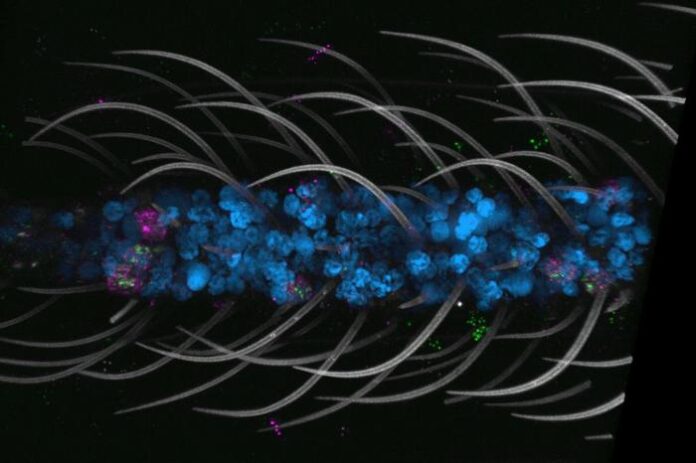On January 1, 2023, Colin McGarva made a life-altering decision when he jumped into a flooding river in Worcester to save an unconscious woman. His immediate reaction to help was driven by instinct, disregarding the risks to his own life. “I didn’t stop to think because the instinct – the instant reaction – is to help someone in need,” he stated. McGarva’s story highlights a significant discussion surrounding the concept of heroism, particularly in the wake of a recent mass stabbing incident on a train from Doncaster to London.
The train attack, which led to chaos as passengers fled in panic, soon revealed stories of bravery, notably from LNER employee Samir Zitouni. After putting his own safety on the line to assist passengers, he was hospitalized and lauded for his remarkable courage. Transport Secretary Heidi Alexander praised his actions, emphasizing, “There are people who are alive today who wouldn’t be … were it not for his actions.” Zitouni’s family, however, noted that he had always been a hero to them.
Understanding Bystander Behaviour
Experts in bystander intervention argue that the notion of bystander apathy is a myth. According to Prof. Stephen Reicher, a specialist in group behaviour at the University of St Andrews, people often act heroically in crises. “The notion that people panic and run screaming for the exits is a Hollywood fiction,” he explained. He cited previous incidents, such as the 7/7 attacks on the London Underground and the 1999 attack on the Admiral Duncan pub, where individuals banded together to assist one another despite the inherent dangers.
Research conducted during the 2015 Leytonstone tube attack further supports this idea. Reicher noted a remarkable level of coordination as bystanders helped direct others away from danger and even confronted the attacker. “Heroism was a feature of the group, not just the individual,” he added.
Prof. Clifford Stott from Keele University echoed these sentiments, stating that modern research reveals bystander apathy is a misconception. Strangers frequently collaborate effectively in emergencies, demonstrating a natural inclination to help. “What modern research shows is that the public are very good at protecting themselves,” he said. He believes that fostering a sense of empowerment among individuals could enhance their ability to respond in crisis situations.
Building a Culture of Helping
The need for communities to cultivate this natural tendency towards heroism is increasingly vital. Prof. John Drury from the University of Sussex emphasized the role of authorities in emergency situations. He suggested that first responders should encourage collective action by using inclusive language that fosters a sense of community. “Talk about ‘the community’ rather than ‘the public’, and about ‘us’ and ‘we’,” he advised. Establishing a sense of connection can motivate individuals to help one another.
Dr. Gill Harrop, who leads the Bystander Intervention Programme at the University of Worcester, highlighted that various institutions are already working to create a culture of active bystanders. “We’re seeing this happening now with bystander intervention training in schools, colleges, universities, policing, and even the NHS,” she noted. This effort aims to build communities where individuals feel empowered to intervene during emergencies.
As society faces growing challenges, including climate-related disasters, it is crucial to harness the inherent capabilities of individuals to respond effectively in crises. By nurturing a culture of helping, communities can enhance their resilience and readiness for future emergencies. The stories of individuals like Colin McGarva and Samir Zitouni serve as powerful reminders of the potential for heroism that lies within us all.







